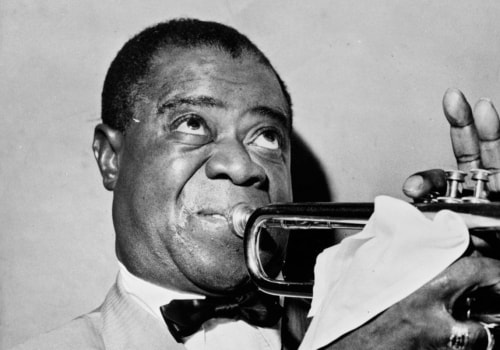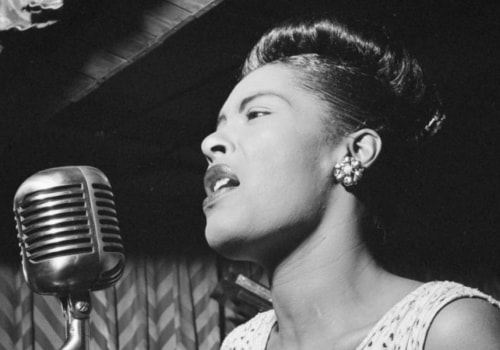Jazz music has been a powerful force in American culture since the 1920s, influencing everything from fashion and poetry to the civil rights movement. Jazz rhythms and harmonies have been presented in styles of music that produce a rocking rhythm, such as R&B or Latin-style melodies. Poetry evolved as a result of jazz, and jazz poetry became an emerging genre at the time. These poems presented the same depth of emotion and sense of improvisation as jazz music.
Jazz has not only created negative social conditions, but it has also been a force for racial integration, respect and social mobility. Social mobility proves to be a very significant factor because it shows a similarity between black jazz musicians and black rap artists in terms of their achievements in gaining wealth and stardom due to the invention of their music. Jazz should be studied in more high schools and universities in the United States so that students, especially black students, can be educated about their origins. The Black Lives Matter movement has inspired a flourishing of socially engaged artistic expressions in jazz (Breathless, by Terence Blanchard), popular music (Beyoncé's Lemonade) and hip hop (To Pimp a Butterfly, by Kendrick Lamar) that models itself in the artistic vision of jazz.
Jazz has influenced literature, including the production of the so-called jazz-novel and jazz-poetry, as well as art, speech, dress and anti-bourgeois habits of indulgence, such as the use of illegal drugs such as marijuana and heroin. Benny Goodman, a white jazz bandleader, brought Teddy Wilson, Lionel Hampton and Charlie Christian to stardom, but he still received criticism for benefiting from his talents; some black jazz musicians, including Louis Armstrong and Duke Ellington, made a lot of money. With the growth of radio, the appearance of jazz stars like Armstrong in movies, and the temporary expatriation in the late 1930s of American stars such as Hawkins and composer and multi-instrumentalist Benny Carter, the feeling that jazz was becoming only the musical Esperanto of the time intensified. In the 20th century, while jazz was rejected in the United States, African-American jazz musicians received many opportunities abroad.
Advances in international travel made it easier for musicians to visit cities in Western Europe and Japan, where the popularity of jazz was rising. The worldwide shortwave radio broadcasts of Voice of America carried music across closed political borders, taking many of those living in repressive situations that societies see jazz as the sound image of freedom. Coming from the era of jazz and rhythm-and-blues, pioneers such as Little Richie and Chuck Berry used elements of jazz to interpret what is now considered rock n roll. While some give credit to Louis Satchmo Armstrong for originating jazz music, others may say that it began with the Original Dixieland Jazz Band. The impact of jazz music is far-reaching; it has challenged many of America's traditions while allowing women an outlet to express themselves.
It has influenced literature, art, speech, dress and even illegal drug use. Jazz has been a force for racial integration, respect and social mobility for African Americans. It has inspired socially engaged artistic expressions in popular music and hip hop that model themselves after its artistic vision. To truly experience its legacy today one must visit Birdland - one of New York's oldest jazz clubs.



